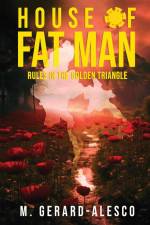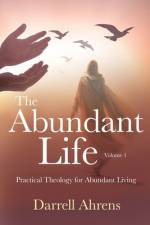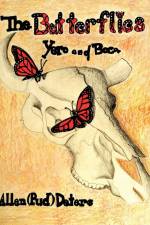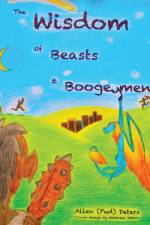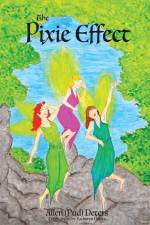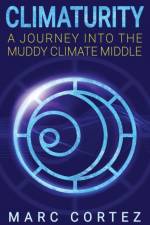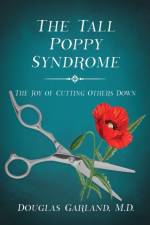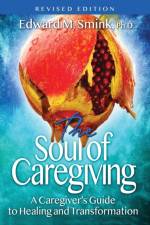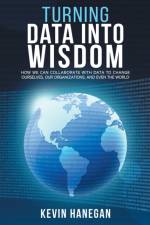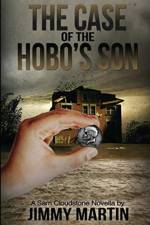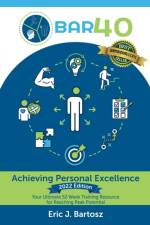- A Caregiver's Guide to Healing and Transformation
av Edward M Smink
265,-
2022 Revised Edition Who are the caregivers? We all are, for at the heart of being human is the capacity to care, to reach out to others and explore the relationships we build. The Soul of Caregiving is about us, and how we, as caregivers, serve, even sacrifice, for those in need. I invite you to explore with me how we can partake in a kind of sacred journey exploring our experiences as caregivers. Who will be your guide on this journey? Unlike other pilgrims who have a guide assigned to them, you will soon discover it is your own Soul guiding you. We may be professionally skilled to meet the needs of others, but we must also learn to stop and rest. It is not a waste of time, but rather, a necessity. We need time to ponder, reflect, and grow from our experiences. Not an easy endeavor amid a whirlwind of activity. We, as caregivers, experience vulnerability, helplessness, fears, and pain over the traumatic events we experience because we care. We care about those whom we are called to serve. Compassion fatigue arises because we care.Overview of the ChaptersChapter 1 begins by outlying the tension most caregivers experience: the tension their own needs and the needs of those they care for. I call this tension the Dance of Caregiving.Chapter 2 discusses the importance of discovering interior strengths and values where one discovers Soul.Chapter 3 emphasizes caregivers do not care in a vacuum, as there are broad cultural boundaries and expectations which affect them and shape their behaviors.Chapter 4 describes The Archetype of Caregiving, both its strengths and shadow sides. This archetype also relates to several other leadership archetypes, which are also discussed.Chapter 5 discusses hospitality. This chapter positions the caregiver as the host who experiences three different dimensions of hospitality: to host the stranger, to listen to the stories of the guest, and to reflect on their reactions and experiences.Chapter 6 address the frailty of humankind and the notion that we are wounded healers.Chapter 7 addresses the art of reflection as a fundamental skill for caregivers.Chapter 8 argues that the essential actions of a caregiver are spiritual.Chapter 9 explores how the ordinary becomes spiritual as inner strengths and values give birth to meaning, insight, and transformation.Chapter 10 explores compassion fatigue and its two sisters, secondary traumatic stress disorder and burnout. In this chapter, we learn how to recover from compassion fatigue and burnout by building compassion resilience.At the end of each chapter, the reader is invited to ponder and reflect. Your insights are the gold hidden beneath the sands of confusion. Mining these insights will lead to a greater understanding of your strengths and values. The questions at the end of each chapter help facilitate this process.



